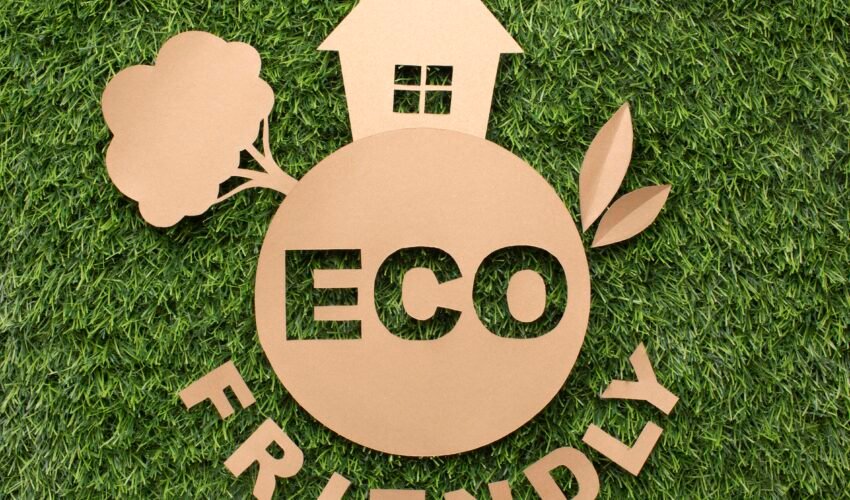When it comes to home renovations, more and more homeowners are opting for sustainable and eco-friendly practices. Not only do these renovations help reduce the carbon footprint, but they also create healthier living spaces for the occupants. If you’re considering remodeling your home, here are some sustainable renovation practices and materials to consider.
1. Energy-Efficient Appliances
One of the easiest ways to make your home more eco-friendly is by replacing old appliances with energy-efficient models. Look for appliances with the Energy Star label, as they are designed to use less energy and water without compromising performance.
2. Solar Panels
Installing solar panels on your roof is a great way to harness renewable energy and reduce your reliance on fossil fuels. Not only can solar panels help you save money on energy bills, but they can also increase the value of your home.
3. Water-Saving Fixtures
Replace old faucets, showerheads, and toilets with water-saving fixtures. These fixtures are designed to use less water without sacrificing performance. By reducing water consumption, you can conserve this precious resource and lower your water bills.
4. Sustainable Flooring
Consider using sustainable flooring options, such as bamboo, cork, or reclaimed wood. These materials are renewable and have a lower environmental impact compared to traditional hardwood flooring.
5. Low VOC Paint
When repainting your walls, opt for low VOC (volatile organic compounds) paint. Traditional paint contains harmful chemicals that can negatively impact indoor air quality. Low VOC paint emits fewer toxins, making it a healthier choice for you and your family.
6. Insulation
Proper insulation is crucial for an energy-efficient home. Invest in high-quality insulation materials to reduce heat loss during winter and heat gain during summer. This will not only improve your home’s energy efficiency but also enhance comfort.
By incorporating these sustainable renovation practices and materials into your home remodeling project, you can create a more eco-friendly living space. Not only will you be reducing your environmental impact, but you’ll also be creating a healthier and more comfortable home for yourself and future generations.

